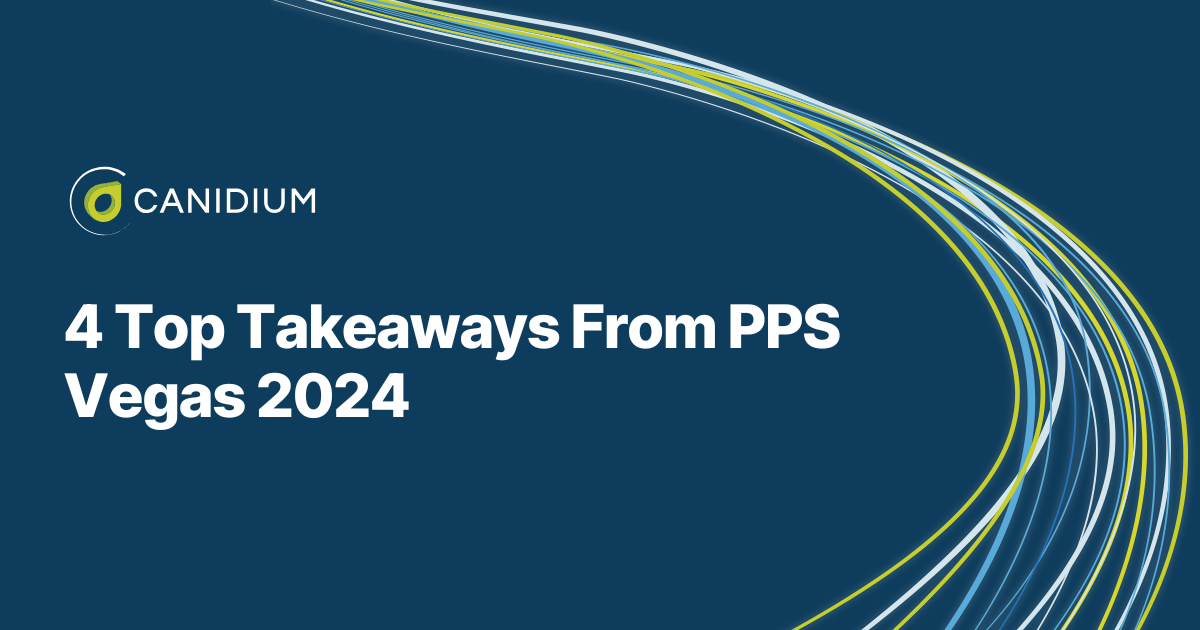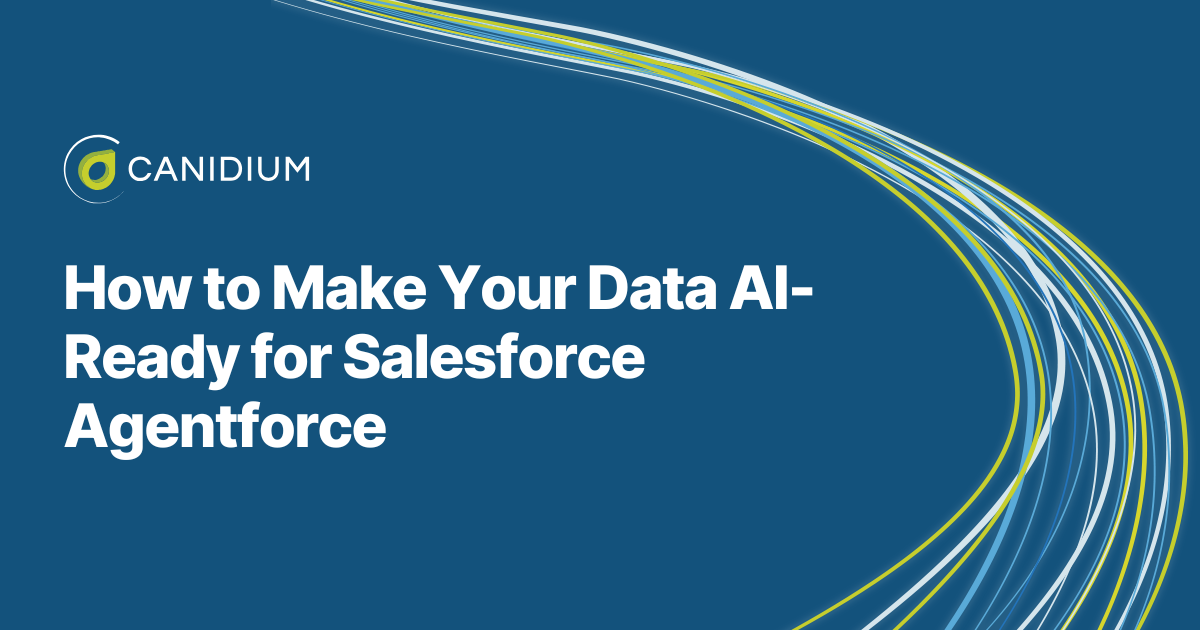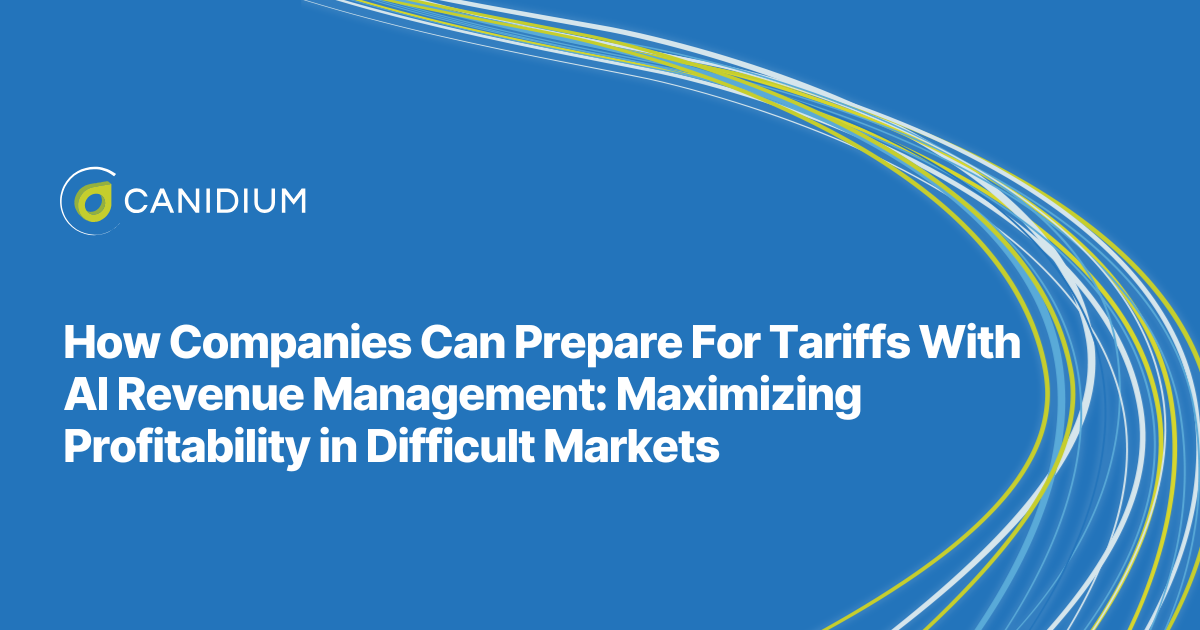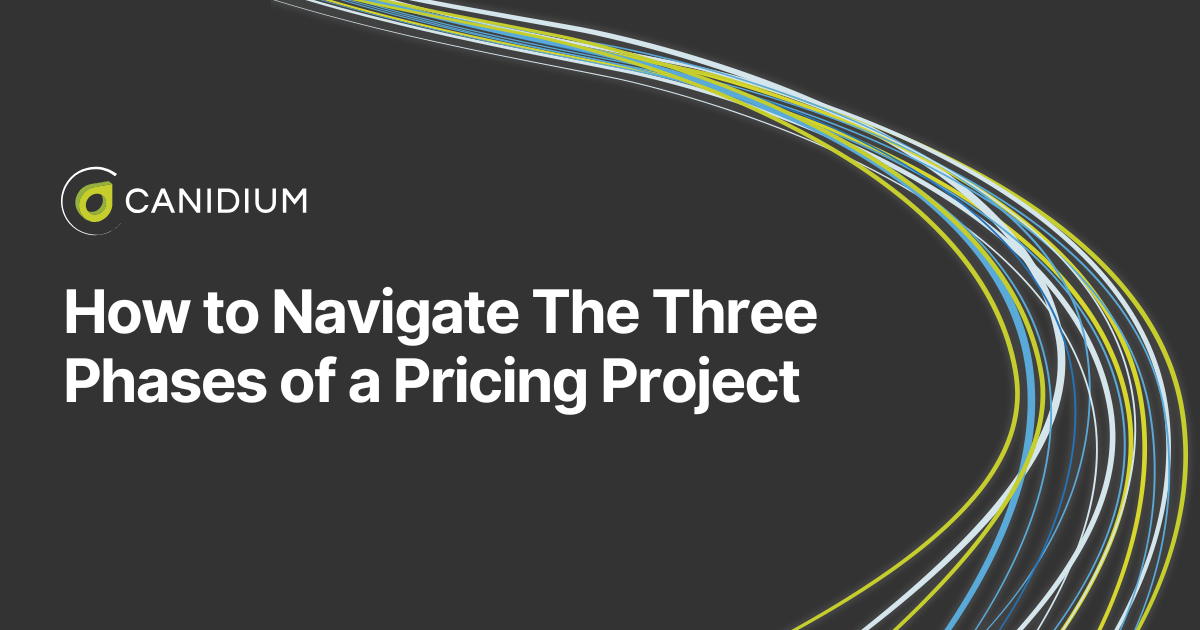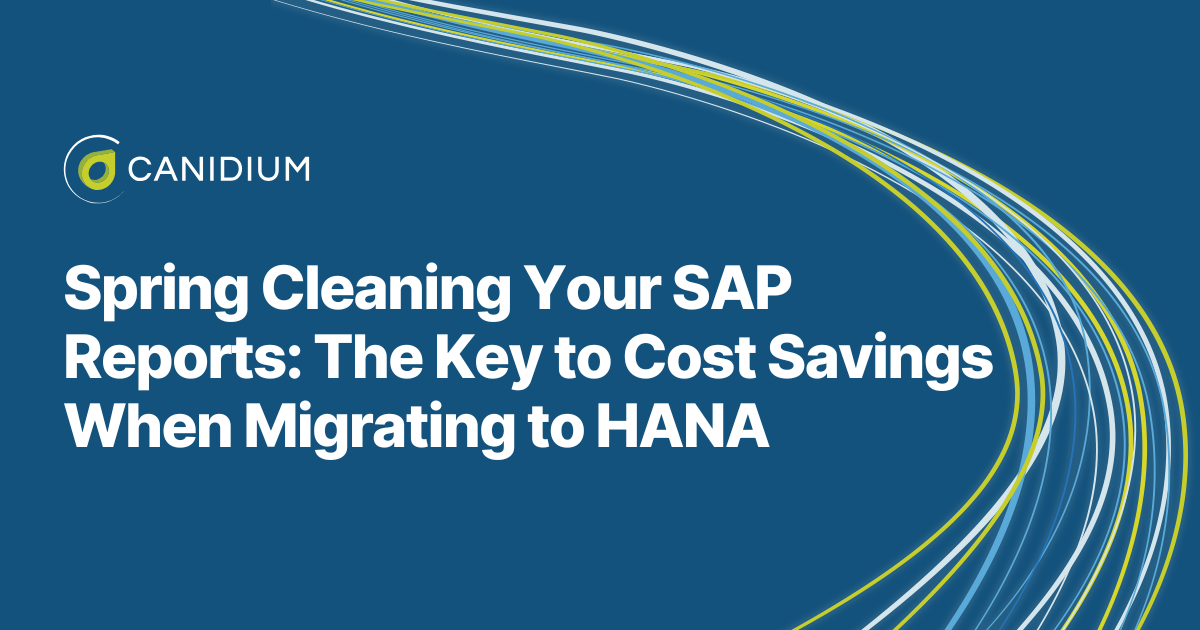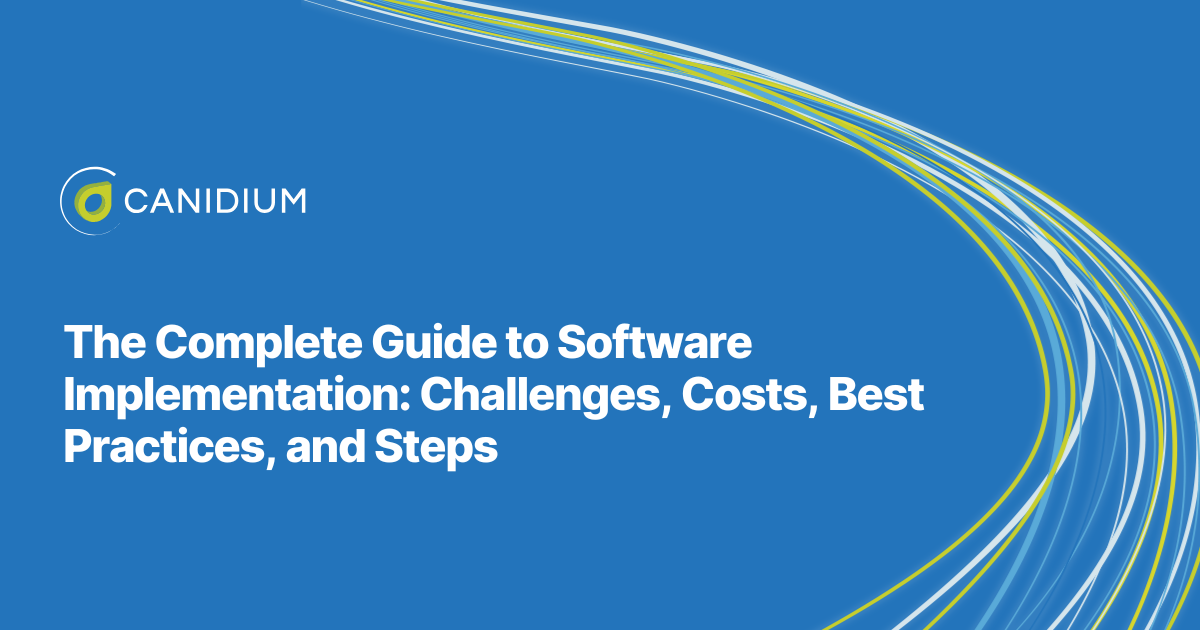The Professional Pricing Society's (PPS) Vegas 2024 fall conference is over. The event gathered thought and industry leaders to discuss new pricing tools like Artificial Intelligence (AI), successful pricing strategies in today's shifting market conditions, and optimal pricing best practices.
Canidium's pricing solution implementation experts took full advantage of the event, both sharing their insights and gathering the top takeaways from the conference.
In this article, we're covering our pricing team's four most prominent takeaways from PPS Vegas 2024:
- AI Is Changing Pricing
- The Importance of Value-Based Pricing
- Importance of Leveraging Rebates in Your Pricing Strategy
- The Value of Speaking to Pricing Within Your Organization
1. AI Is Changing Pricing
Traditionally, pricing strategies have relied heavily on internal data and static algorithms, limiting their responsiveness to dynamic market conditions. However, AI is shifting this paradigm. Solutions like Pricefx's AI Optimization tool utilize machine learning and advanced analytics to analyze vast and varied data sets, enabling real-time pricing decisions and adjustments.
This seismic shift was a key topic at this year's PPS conference. Industry thought leaders focused on how the advent of AI in the pricing field marks a significant evolution from traditional software-driven methodologies to a more democratized approach, reshaping how businesses determine and optimize prices. The novelty of AI tools in the pricing space means that new uses are still being discovered. However, AI and machine learning have already established themselves as essential tools for optimal pricing.
Here are some of the common uses of AI in pricing software at the moment:

- Deal Profitability Improvement: AI algorithms analyze past transaction data to identify patterns and trends that inform optimal pricing strategies, ultimately aiming to enhance each deal's profitability.
- Product Recommendation Systems: Leveraging historical sales data and customer preferences, AI tools can suggest products that customers might be interested in, potentially increasing the average order value and enhancing customer satisfaction.
- Price Waterfall Optimization: The price waterfall—a breakdown of the list price to the net price, including discounts, rebates, and other adjustments—is optimized using AI to ensure competitiveness while maintaining profitability.
Integration of Internal and External Data
Another key focus discussed during PPS 2024 was how AI can improve pricing and analytics by including external data. External data sources are vast and varied, encompassing competitor prices, market trends, economic indicators, social media sentiments, and more. This data's sheer volume and diversity make it impractical for traditional methods to process and analyze effectively. On the other hand, AI can handle large datasets efficiently and extract meaningful insights from unstructured data (such as text from news articles or social media posts), which are beyond the capability of conventional analytical tools.
At the same time, market conditions and consumer behaviors can change rapidly, necessitating quick adjustments to pricing strategies to maintain competitiveness and profitability. Traditional data processing methods, which often involve batch processing, are typically not equipped to update in real time. AI algorithms, however, can process incoming data streams continuously and adjust pricing models dynamically, allowing businesses to respond promptly to market changes. This mixed data usage provides a more holistic view of the market and enhances the accuracy of pricing recommendations.
Internal Data Sources:
- Historical Sales and Transactions: Insights from past sales help organizations understand what pricing strategies worked and which didn't, informing future decisions.
- Product Master Data: Detailed product information helps AI systems understand product value and how it compares to market offerings.
External Data Sources:
- Competitive Product Information: AI tools can access real-time data on competitor pricing and promotions, allowing businesses to adjust their pricing strategies dynamically.
- Market Trends and Consumer Behavior: External data on overall market trends and consumer purchasing behaviors can help predict pricing sensitivity and demand changes.
2. The Importance of Value-Based Pricing
Value-based pricing is a pricing strategy that sets prices primarily on the perceived or estimated value of a product or service to the customer rather than on the cost of the product or historical prices. This approach contrasts sharply with more traditional methods, such as cost-plus pricing, where a straightforward markup is applied to the cost of producing the product. Thought leaders at PPS Vegas 2024 highlighted that understanding the nuances of value-based pricing and its advantages over other models can help businesses maximize their profitability and align their pricing strategies more closely with customer expectations and market dynamics.
Value-based pricing focuses on the product's benefits to the customer rather than just the cost of production. This strategy requires a deep understanding of the customer's needs, the value they derive from the product, and their willingness to pay for that value. It involves several key steps:
.png?width=1920&height=1080&name=Common%20Uses%20of%20AI%20in%20Pricing%20Software%20(1).png)
- Customer Segmentation: Identifying different groups within the market that value the product differently.
- Value Identification: Understanding what aspects of the product are valued by the customer. These could include reducing costs, saving time, increasing efficiency, or even providing emotional benefits.
- Quantification of Value: Estimating how much value the product adds in monetary terms to the customer. This might involve detailed market research, customer feedback, and economic analysis.
- Communication of Value: Effectively communicating the identified value to the target customers through marketing and sales efforts.
To understand why value-based pricing was a key discussion during the conference, let's examine some of the alternatives:
- Cost-Plus Pricing: This approach involves adding a standard markup to the cost of producing a product. While simple to implement and ensure cost coverage and a minimum profit margin, it often ignores the customer's perception of value, potentially leading to either overpricing or underpricing in various market segments.
- Competition-Based Pricing: Prices are set based on competitors' strategies and prices. This approach can lead to a price war that might erode profit margins and does not consider the individual value a product might offer over its competitors.
- Penetration Pricing involves setting a low price to enter a competitive market and raising it later. While effective for gaining market share, penetration pricing might not sustain long-term profitability if the perceived value does not increase in customers' eyes.
While the best pricing strategy for your company will depend on factors unique to your organization, value-based pricing offers significant benefits for many companies.
3. Importance of Leveraging Rebates in Your Pricing Strategy
Leveraging rebates in your pricing strategy can significantly influence both the perception of value and the behavior of customers. Unlike direct price cuts, rebates preserve the headline price—often seen as the official or list price of a product—while still offering customers a way to save money, typically through post-purchase refunds based on certain conditions. As noted during the PPS conference, this mechanism not only maintains the product's value but also drives customer behavior in ways that are advantageous to the seller.
Rebates allow companies to keep the headline or invoice price stable, preserving the product's perceived value in the eyes of the market. Alternatively, straightforward discounts can erode this value. Consequently, rebates allow you to avoid devaluing your products or brand over time, thereby protecting your margins.
Rebates offer flexibility to structure incentives based on customer behaviors that align with the company's strategic goals. For instance, companies can set rebate targets that encourage customers to:
.png?width=1920&height=1080&name=Common%20Uses%20of%20AI%20in%20Pricing%20Software%20(2).png)
- Achieve Specific Sales Volumes: By setting volume-based targets, companies can encourage higher purchasing levels. This is mutually beneficial, as the customer qualifies for rebates, and the company secures predictable revenue.
- Purchase a Desired Product Mix: To encourage a balanced or more profitable product mix, companies can structure rebates to reward customers for purchasing a combination of products or higher-margin items, aligning the customer's buying pattern with company priorities.
- Meet Sales Targets Over Specific Periods: Rebates can motivate customers to reach certain targets within quarters or years, promoting continuous engagement and ensuring consistent purchasing behavior.
Unlike traditional discounts, rebates allow companies to create a structured negotiation process that leads to more predictable pricing outcomes and a balanced customer relationship. Rather than immediately reducing the price, companies can communicate that certain rebates or discounts are available only if specific purchasing behaviors are met, opening the door to a more dynamic negotiation.
This way, companies retain control over their pricing strategy by positioning rebates as conditional offers rather than obligatory price reductions. It becomes more of a discussion where the customer can access the best possible net price by meeting mutually agreed-upon terms rather than straightforward price-cutting.
4. The Value of Speaking to Pricing Within Your Organization
Speaking to pricing within an organization encompasses more than justifying the acquisition of software or tools; it involves articulating the strategic value of pricing as a core business lever that can significantly impact the company's overall profitability and competitive positioning. Effective communication about pricing strategies to various stakeholders—ranging from sales teams to executive leadership—can help unlock the often underutilized potential of optimizing price points to maximize revenue from existing sales volumes.
The conference covered the value of communicating the benefits of pricing strategies, tools, and processes. To successfully optimize pricing, every level of your organization must buy into the process. Most importantly, leadership must understand the value of optimal pricing.
Emphasize that pricing is one of the most effective levers for improving your company's profitability. Small adjustments to pricing can lead to significant changes in profit margins because these adjustments affect the bottom line directly.
Communicating the value of optimal pricing internally can be done through several means. For example, educational sessions and workshops can demystify pricing strategies like elasticity and competitive analysis for non-experts, enhancing understanding and support. Sharing successful case studies demonstrates the tangible benefits of optimized pricing, boosting stakeholder buy-in. At the same time, regular reporting on pricing performance ensures that pricing remains a focus for senior management, maintaining engagement on pricing issues. Finally, involving cross-functional teams in pricing decisions fosters a collaborative approach, ensuring pricing strategies are practical, supported, and effectively implemented across your organization.
Putting the Top Takeaways From PPS Vegas 2024 Into Practice
Discussions at the conference emphasized the shift towards value-based pricing, which sets prices based on the perceived value to customers rather than just covering costs, thus enhancing strategic advantage and customer satisfaction. Additionally, leveraging rebates as a strategic tool was noted for preserving headline prices and incentivizing customer behaviors that align with business goals, offering a nuanced approach to negotiations over direct discounts.
These insights underscore the importance of AI in successful pricing strategies, and its capacity to improve profitability while strategically positioning companies for long-term success in competitive markets. By adopting AI, you can ensure your pricing strategies are adaptive and forward-looking, aligning with evolving market dynamics and customer expectations.
Simultaneously, the conference covered the importance of communicating the value of pricing processes within your organization, emphasizing the importance of striving to ensure that every employee across the hierarchy understands the benefits that come with optimized pricing.
If you want to learn more about increasing revenue at your organization with optimized pricing and sales processes, read this article on the benefits of integrating SPM software with your pricing solution.


